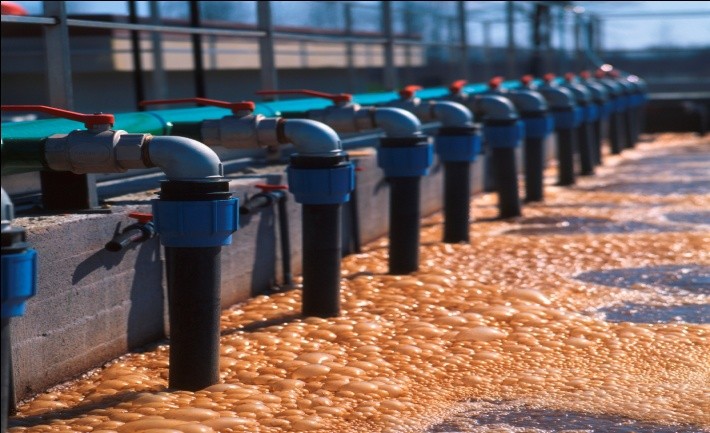
Wastewater purification technology has evolved from a simple mechanical process to an advanced process in which the mechanical, chemical and biological steps are combined.
The first generation of municipal wastewater purification plant removes particles from the water, but not enough. The water clarity in the emissary has improved, though not enough. Since then, the development of the wastewater purification process has progressed a lot. Several additional steps have been added to the mechanical one. A secondary stage – biological – has been introduced to further reduce the demand for biological oxygen, CBO. A third step has also been added to deal with nutrient release: Coagulation and precipitation.
Chemical treatment is a key factor in the effective removal of contaminants.
Wastewater purification is a separation process where impurities are dissolved and particles are separated from the water. In many cases, an inorganic coagulant is used to support the separation process by precipitating the dissolved substances and suspension coagulation.
Coagulants:
Aluminium and iron salts are commonly used as inorganic coagulants. They have the ability to neutralize contaminants and to aggregate particles, facilitating the separation of water. Organic coagulants (polymers, such as polyDAMAC and polyamine), can be used for the same purpose, on their own or in combination with an inorganic coagulant, helping to optimize the purification process.
In the case of purification plants, the following treatment steps are required:
Chemical stage: it is performed in flotation units or in primary decanters, and it consists of coagulation with an iron or aluminium salt, flocculation with polyelectrolyte and pH correction (if necessary). The step ensures the reduction of phosphorous (an element that is slightly retained in a biological stage), of suspended solids, of carbon (CCO-Cr, CBO5) and partially of nitrogen. It ensures chemically uniform conditions and minimal pollutant load by reducing the need of biological oxygen.
Biological step: it ensures the elimination of nitrogen in biological assimilation processes together with carbon and phosphorus. If there are significant variations in the chemistry (pH) and pollutant load of wastewater entered a biological step, the bacterial activity is disrupted, the efficiency of the treatment being reduced.